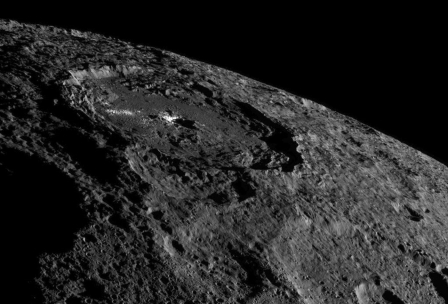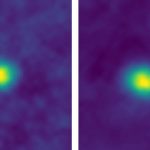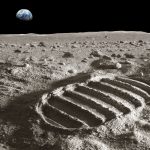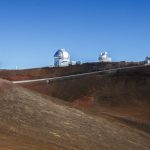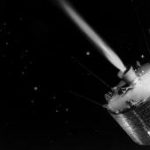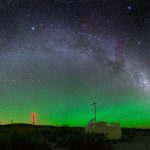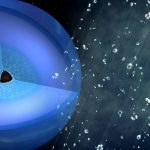NASA says Ceres’ brightest crater is made of salt
The scientists in charge of NASA’s Dawn spacecraft has released more high-res images of Ceres, along with information that sheds more light on what it’s made of. One of the new images is another close-up of its famous Occator Crater taken from a different angle on October 16th, 920 miles above the dwarf planet. Occator is Ceres’ brightest spot, and according to the Dawn team’s latest research, it’s because the crater is made of salt. The team believes the impact that formed the crater forced a briny liquid to seep out from underground. It froze then immediately turned into vapor, leaving a blanket of salt behind.
Besides the Occator close-up, the team has also released an image showing how Ceres would appear to the naked eye, which you can see below. They combined the images captured by the probe’s red, green and blue filters. After that, they tweaked the resulting color to be consistent with the way Ceres reflects different wavelengths of light. You’ll likely get to know the dwarf planet even more closely than this in the near future — the agency expects to get more data after its sixth science orbit, which intends to investigate its surface composition.
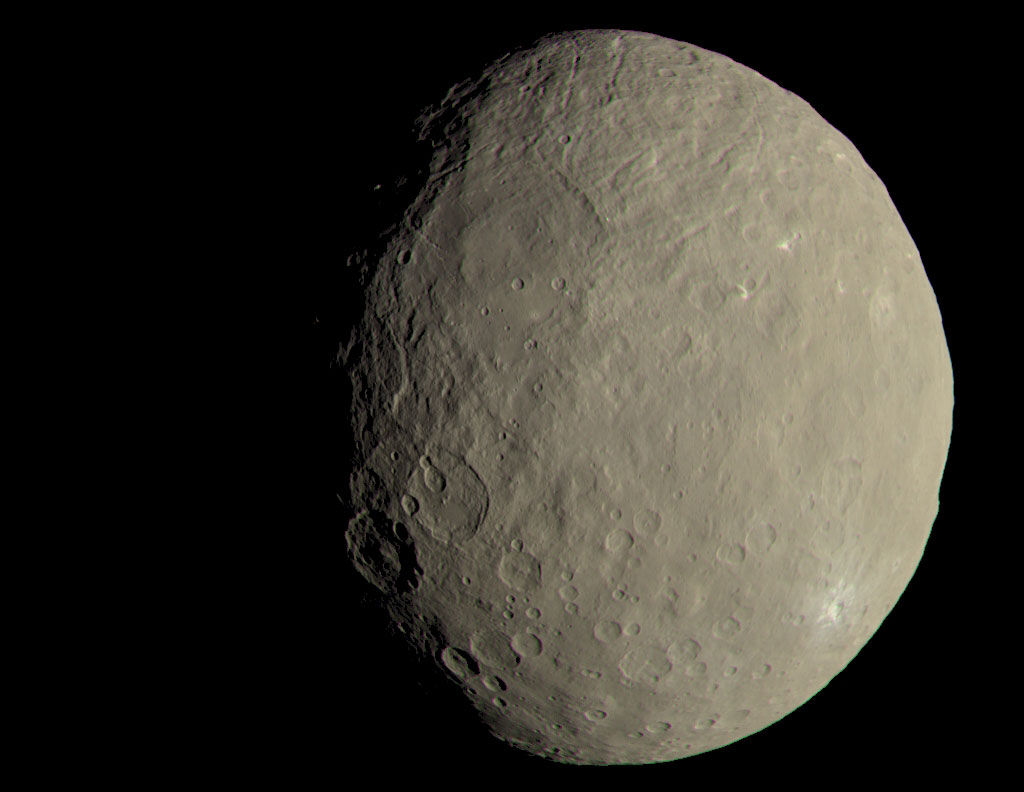
[Image credit: NASA/JPL-Caltech/UCLA/MPS/DLR/IDA]
(20)

